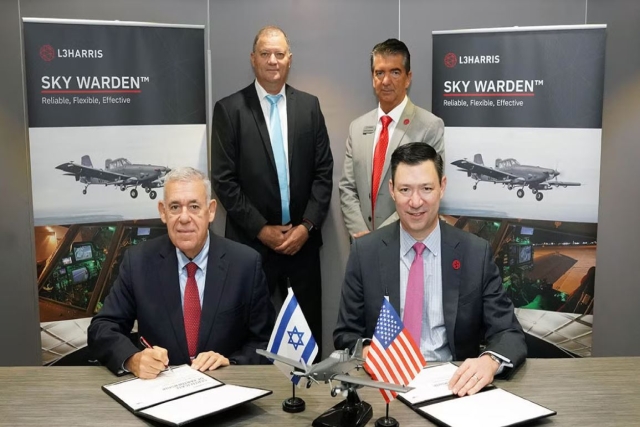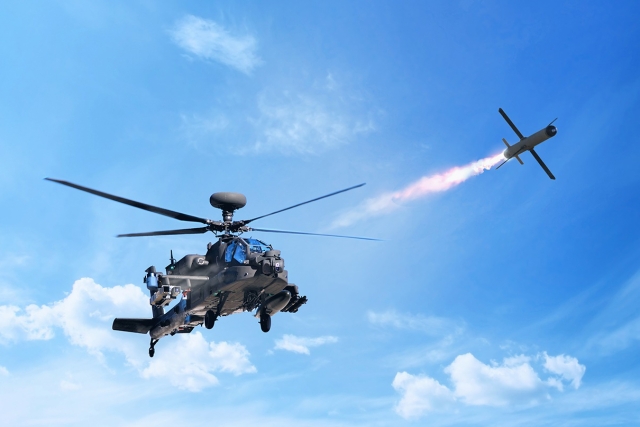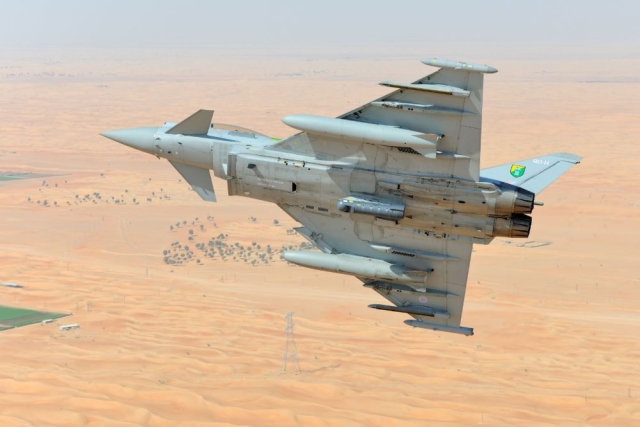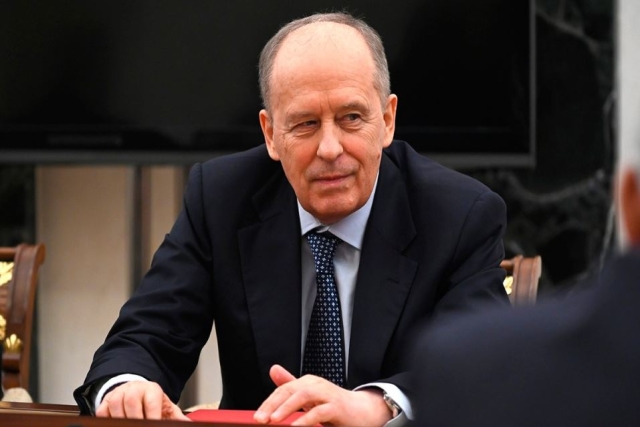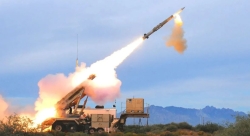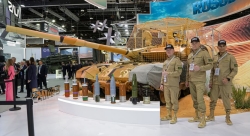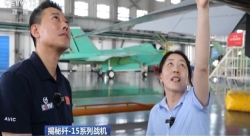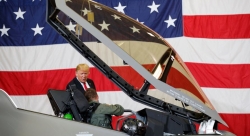Turkey Ponders Russian Missile Offer
As Turkey moves to upgrade its weapons systems, Ankara is considering all options and possible suppliers, including Moscow. The value of such runs into billions of dollars, generating intense competition, particularly over contracts to supply Turkey with an advanced surface-to-air missile system, with potential capabilities against ballistic missiles. While Turkey’s relations with Syria and Iran are generally good, many Turkish government and military officials share the West’s long-term concerns about Iran’s growing interest and capabilities in missiles and weapons of mass destruction. Turkey’s civilian agency for military procurement, the Undersecretariat for the Defense Industry (SSM), is advising the Defense Ministry and has the final say on the tenders. Russia’s S-400 “Triumph,” NATO-codenamed SA-21 “Growler,” is competing against the American companies Lockheed Martin and Raytheon, which offer a combination of Patriot Advanced Capability-3 (PAC 3) and PAC 2 ABMs. Another American entrant, Boeing, is offering its Arrow missile system, developed jointly with Israel’s Aerospace Industries (IAI). The Chinese HQ-9 air defense system is also in the contest. According to sources within Turkish defense industry, Russia’s arms export agency Rosoboronexport has attempted to sidestep the SSM’s Request for Proposal (RfP) procedure. Rosoboronexport, which has been lobbying for the contract since March 2007, switched its offer last month into direct state-to-state negotiations, trying to sell a dozen S-400 missile systems worth $4 billion (Zaman, July 21). The SSM earlier rebuffed the Kremlin’s offer of direct sales, advising Rosoboronexport instead to submit a RfP. An issue yet to be resolved is Turkey’s interest in winning bids incorporating both technology transfer and indigenous manufacturing of system components in Turkey. That issue has in the past has bedeviled U.S. attempts to sell advanced fighter aircraft to Turkey because of disputes over their accompanying aviation software packages. Reflecting U.S. concern over Ankara’s consideration of the Russian bid, U.S. Secretary of Defense Robert Gates during a visit to Ankara cautioned that such a purchase would interfere with NATO interoperability standards. Gates pointed out that Ankara could and should discuss the purchase with its Allies. According to Russia’s Air Defense Forces Commander, Colonel-General Yury Solovyov, the S-400 boasts a launch speed of up to 3 miles per second and can intercept and destroy airborne targets at a range of up to 250 miles, which is twice the defensive range of the MIM-104 Patriot and 2.5 times that of its predecessor, the S-300PMU-2. Further according to Solovyov, the S-400 could also be used for limited purposes in space defense, but was not designed for intercepting and destroying intercontinental ballistic missiles. It is a measure of Moscow’s eagerness to conclude the sale that Russia’s own armed forces have yet themselves to be equipped with this system. According to Russia’s Air Force Commander, Colonel-General Aleksandr Zelin, the first battalion of S-400 missiles defending Moscow and Central Russia was scheduled to become operational on July 1, 2007, but the date was postponed (RIA Novosti, May 21, July 7). And according to the Air Force’s air defense chief, Lieutenant-General Aleksandr Gorkov, Russia plans to deploy new air defense systems, primarily around Russia’s important administrative and political centers, in two stages until 2015 .
